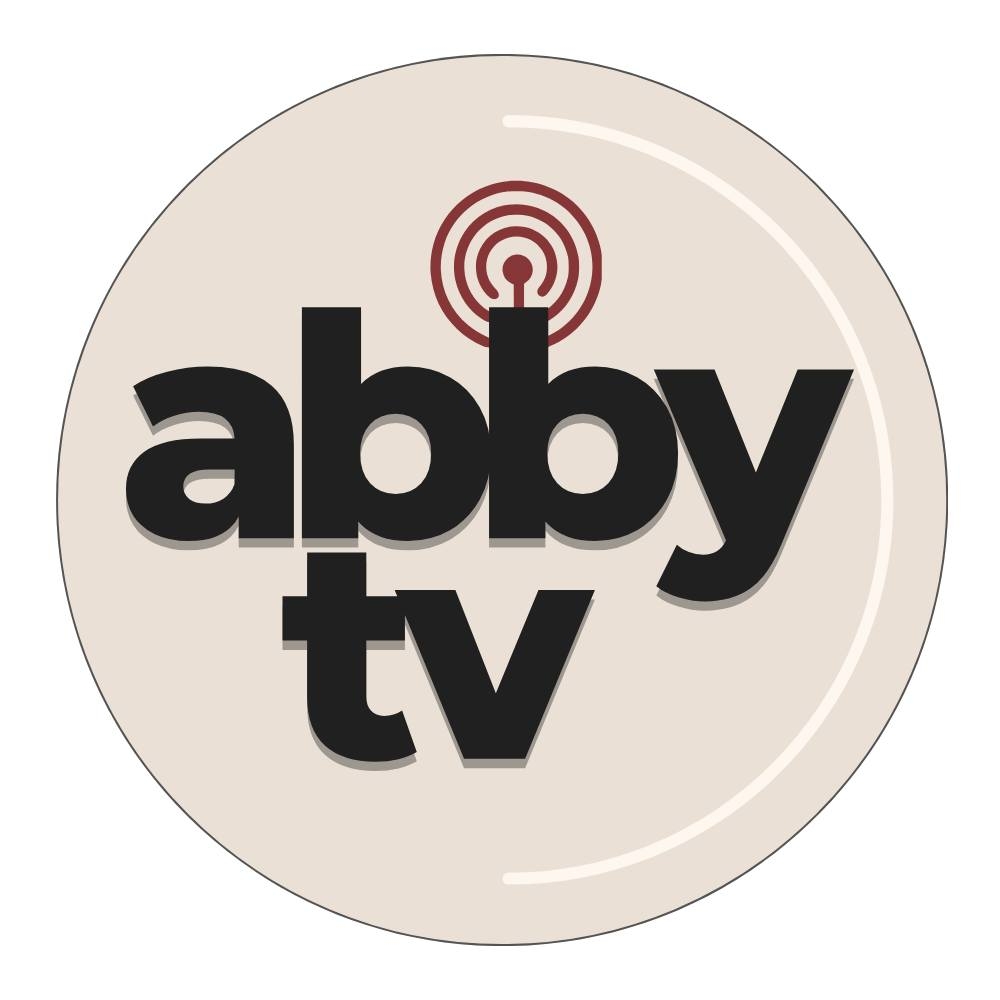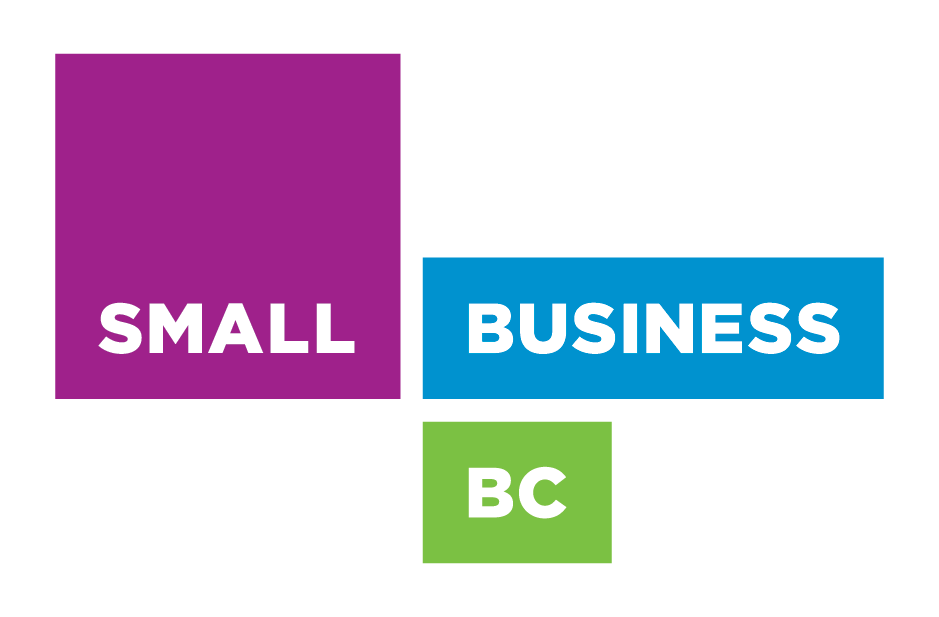Delta/Richmond/Victoria – The 10 lane bridge idea to replace the aging George Massey Tunnel was sent back to the drawing board.
That coming from the NDP inspired review of the former Liberal project.
In essence, 10 lanes would be over kill. 6 to 8 lanes in either a bridge or refurbished tunnel project would work and be financially acceptable.
The Province’s next steps reflect the extensive independent technical review undertaken by Stan Cowdell that found:
- the 10-lane bridge project did not fully address a number of key considerations, such as community alignment, liveability and cost, which likely resulted in stakeholder concerns;
- a smaller six-to-eight-lane bridge would accommodate the majority of traffic predicted by 2045;
- an immersed tube tunnel crossing of up to eight lanes is likely feasible for a new crossing and could be less expensive with fewer negative impacts;
- retrofitting the existing tunnel to use in tandem with a new crossing may be possible;
- the existing shoulder bus lanes work well and could be expanded as necessary;
- highway improvements are equally important to reducing congestion; and
- a realignment could further reduce the project’s scale, complexity and cost.
In January 2019, the Province will engage with regional municipalities and First Nations to identify new criteria and goals for a South Fraser crossing that better align with regional plans, particularly Metro Vancouver and Mayors’ Council priorities. This will inform further engineering to assess appropriate bridge and tunnel options that are more in scale with community preference with a new business case to be developed by fall 2020.
Report highlights
- The independent technical review looked at the original project goals, proposed solution, as well as the engagement and technical work done to date.
- As part of the review, additional specialized work was completed regarding traffic analysis, and safety, seismic and congestion issues.
- The review concluded there are other options that may reduce scale, complexity and cost of a new crossing and better align with regional planning, including transit.
Community engagement
- From January 2019 until April 2019, the ministry will be collaborating with municipalities and local First Nations to determine new goals, objectives and criteria for the George Massey crossing.
- There will be future opportunities for public engagement and ongoing engagement with communities and First Nations throughout the rest of the process.
Options analysis and congestion relief
- Scoping work for improvements to the Steveston interchange to reduce congestion along the corridor, as well as improvements on the Delta side of the traffic network will begin immediately.
- Once new goals have been established for a longer-term solution, additional engineering work will be undertaken on options for relieving congestion at the crossing that are better aligned with regional plans.
- $5 million has been budgeted for the additional engineering work.
- A new business case is expected to be developed by fall 2020.
Safety and reliability improvements
- A suite of needed upgrades are scheduled to be undertaken from 2019
through 2020, and will cost an estimated $40 million. These include:
- converting tunnel and roadway lighting to the new LED standard and washing the interior more frequently to increase visibility and reduce the numbers of crashes in the tunnel, as there were 160 collisions in the tunnel from 2013-17;
- upgrading the alarm, pumping, ventilation, fire door and electrical systems to meet current standards and ensure reliability;
- resurfacing Highway 99 between Steveston Highway and the Highway 17 Interchange, including better lane markings and more reflective signs to improve safety; and
- Improving tunnel drainage to reduce the risk to drivers from pooling water and ice at tunnel entrances.
Additional congestion work south of the Fraser River
The Alex Fraser Bridge and Massey Tunnel crossings and Highway 91 and 99 corridors work as a system with most travellers being able to choose between either facility to get to and from destinations north and south of the Fraser River. Congestion relief measures that have been recently completed or are underway include:
- Highway 91 at 72nd Avenue interchange – removed the last traffic signal for through-traffic on Highway 91;
- Alex Fraser Bridge project – installing a seventh lane with a moveable barrier counterflow system;
- south of Fraser Advance Traveller Information System – 13 new dynamic message signs coming to key decision points to provide real-time information about crossing times; and
- Highway 91/17 and Deltaport Way program – new interchanges on Highway 17 at Highway 91C and River Road, and on Highway 91C at the Nordel commercial vehicle inspection facility, upgrading the Nordel Interchange on Highway 91 to provide free flow traffic flow between Highway 91 and Highway 17, and adding a westbound acceleration lane at 80th Street to reduce congestion.













